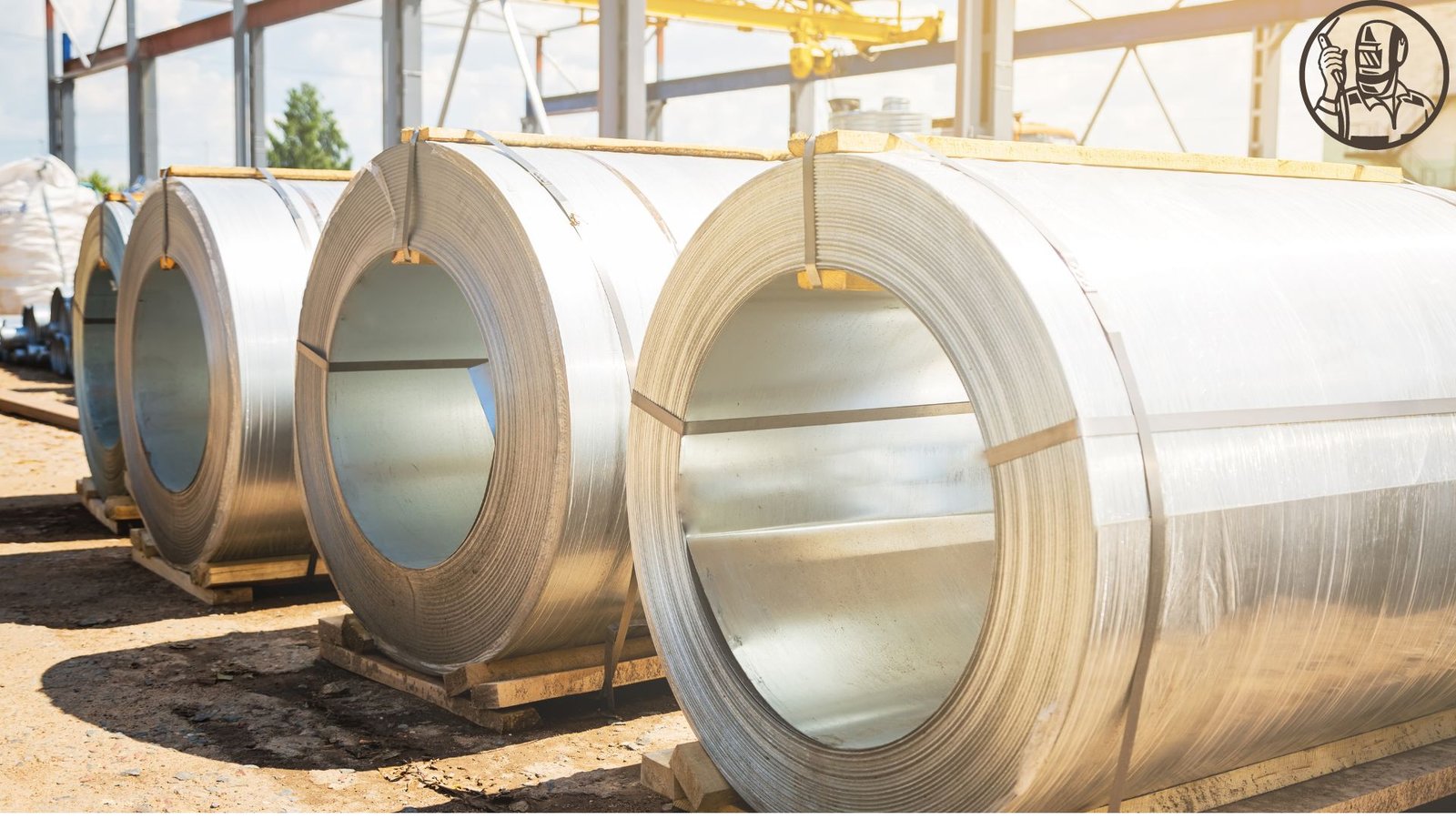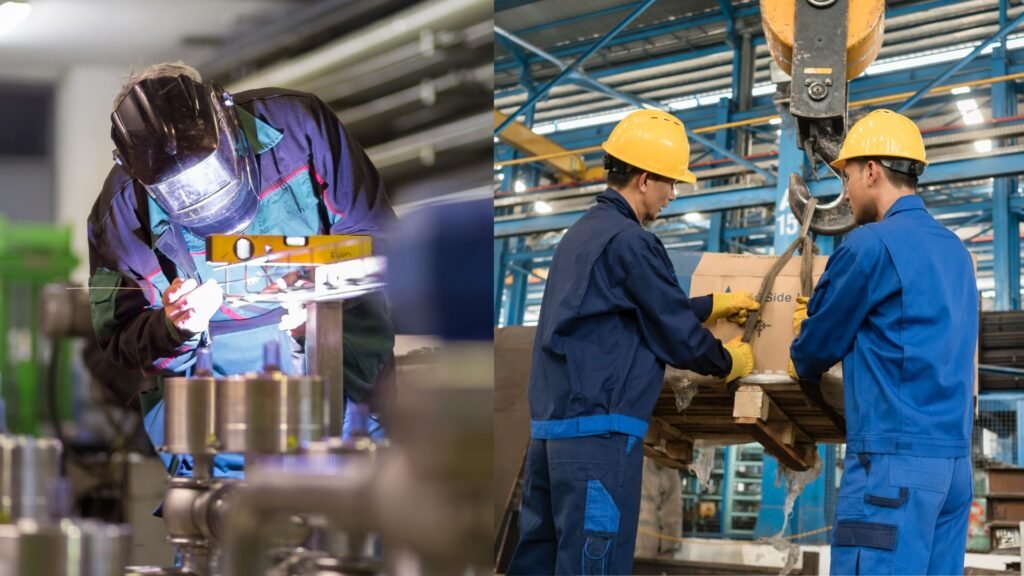As the sheet metal fabrication industry continues to evolve and grow, the importance of prioritizing safety cannot be overstated. This process, which involves the manipulation of heavy, sharp, and often hot materials, presents a unique set of challenges that require a comprehensive approach to safety. In this article, we will delve into the critical safety requirements that must be addressed to ensure the well-being of workers and the long-term success of sheet metal fabrication businesses.

Benefits of Sheet Metal Fabrication
Sheet metal fabrication offers numerous benefits to businesses and individuals alike. Some of the most significant advantages include:
- Durability: Sheet metal fabrication produces products that are durable and long-lasting, reducing the need for frequent replacements and repairs.
- Customization: Sheet metal fabrication allows for customization, enabling businesses to create products that meet specific customer demands.
- Cost-Effectiveness: Sheet metal fabrication is a cost-effective process, as it reduces the need for raw materials and minimizes waste.
- Environmental Benefits: Sheet metal fabrication is an environmentally friendly process, as it reduces the need for raw materials and minimizes waste.
- Increased Efficiency: Sheet metal fabrication increases efficiency, as it allows for the production of complex products quickly and accurately.
Applications of Sheet Metal Fabrication
Sheet metal fabrication has a wide range of applications across various industries. Some of the most common applications include:

- Construction: Sheet metal fabrication is used in construction to create building frames, roofing, and other structural components.
- Manufacturing: Sheet metal fabrication is used in manufacturing to create products such as machinery, equipment, and tools.
- Infrastructure Development: Sheet metal fabrication is used in infrastructure development to create bridges, roads, and other structural components.
- Aerospace: Sheet metal fabrication is used in the aerospace industry to create aircraft components, such as wings, fuselage, and engine components.
- Automotive: Sheet metal fabrication is used in the automotive industry to create car bodies, chassis, and other structural components.
Investment Costs of Sheet Metal Fabrication
The investment costs of sheet metal fabrication vary depending on the size and complexity of the project. Some of the most significant costs include:
- Equipment and Machinery: The cost of equipment and machinery used in sheet metal fabrication, such as cutting machines, bending machines, and welding machines.
- Material Costs: The cost of materials used in sheet metal fabrication, such as stainless steel, aluminum, and other metals.
- Labor Costs: The cost of labor used in sheet metal fabrication, including the cost of skilled workers and technicians.
- Overhead Costs: The cost of overheads, such as rent, utilities, and insurance.
Steel sales Brisbane are increasing, as it saves a lot of business money, as the replacement issue is no longer there. These are easy to install, allowing technicians to service the system effortlessly. The malleability property of these materials helps to fill the space best.
Future of Sheet Metal Fabrication
The future of sheet metal fabrication is bright, with the industry expected to continue growing in the coming years. Some of the trends that are shaping the future of sheet metal fabrication include:
- Automation: The increasing use of automation in sheet metal fabrication, which is expected to improve efficiency and reduce costs.
- Digitalization: The increasing use of digital technologies, such as 3D printing and computer-aided design (CAD), in sheet metal fabrication, which is expected to improve precision and reduce errors.
- Sustainability: The increasing focus on sustainability in sheet metal fabrication, which is expected to reduce waste and minimize environmental impact.
- Globalization: The increasing globalization of the sheet metal fabrication industry, which is expected to create new opportunities for businesses and individuals alike.
Safety Requirement
Identifying and Mitigating Risks
The first step in establishing a robust safety framework is to identify the potential risks associated with sheet metal fabrication. These risks can include:

- Material Handling: The heavy and sharp nature of sheet metal can lead to musculoskeletal injuries, cuts, and lacerations if not handled properly.
- Machine Operation: The use of powerful machinery, such as cutting, bending, and welding equipment, poses a significant risk of injury if not operated with caution and proper training.
- Environmental Hazards: Exposure to metal fumes, dust, and other airborne contaminants can pose respiratory and health risks if the work environment is not properly ventilated.
- Fire and Electrical Hazards: The heat generated during sheet metal fabrication, as well as the use of electrical equipment, can increase the risk of fire and electrical accidents if not managed effectively.
To mitigate these risks, businesses must implement a comprehensive safety program that includes the following key elements:
Personal Protective Equipment (PPE)
Providing workers with the appropriate PPE is crucial in the sheet metal fabrication industry. This includes:
- Protective clothing: Long-sleeved shirts, long pants, and sturdy work boots to cover exposed skin.
- Gloves: Cut-resistant gloves to protect hands from sharp edges and hot surfaces.
- Eye protection: Safety glasses or goggles to shield eyes from debris and sparks.
- Respiratory protection: Respirators or dust masks to filter out harmful airborne particles.
- Hearing protection: Earplugs or earmuffs to reduce exposure to loud machinery noise.
Comprehensive Training
Ensuring that workers are properly trained in the safe operation of machinery, material handling techniques, and emergency procedures is essential. This training should cover:
- Proper use and maintenance of equipment
- Hazard identification and risk mitigation
- Safe lifting and material handling practices
- Emergency response protocols, including first aid and fire safety
Workplace Organization and Housekeeping
Maintaining a clean and organized work environment can significantly reduce the risk of accidents and injuries. This includes:
- Keeping walkways and work areas free of clutter and debris
- Proper storage and labeling of materials, tools, and equipment
- Regular cleaning and maintenance of the work environment
Download: Workplace Housekeeping Checklist
Machinery and Equipment Safeguards
Implementing appropriate safeguards on machinery and equipment is crucial to protect workers from moving parts, pinch points, and other hazards. This may include:
- Guarding mechanisms to prevent access to dangerous areas
- Emergency stop buttons or pull cords to quickly shut down equipment
- Interlocking systems to prevent operation without proper safeguards in place
Ventilation and Air Quality Management
Effective ventilation and air quality management are essential in sheet metal fabrication to mitigate the risks associated with metal fumes, dust, and other airborne contaminants. This may involve:
- Installing high-quality fume extraction systems
- Regularly monitoring and maintaining air quality
- Providing workers with appropriate respiratory protection
Read: Introduction to industrial ventilation
Emergency Preparedness and Response
Developing and regularly practicing emergency response plans is crucial to ensure the safety of workers in the event of an accident or incident. This includes:
- Establishing clear evacuation procedures and designated meeting points
- Providing accessible and well-stocked first-aid kits
- Training workers in emergency response protocols, including first aid and fire safety
Compliance with Regulations
Businesses in the sheet metal fabrication industry must ensure compliance with all relevant safety regulations, such as those set forth by the Occupational Safety and Health Administration (OSHA) in the United States. This includes adhering to standards for machine guarding, hazard communication, personal protective equipment, and more.
Fostering a Safety-Focused Culture
Ultimately, the success of a safety program in the sheet metal fabrication industry depends on the active engagement and commitment of all stakeholders, from management to frontline workers. By fostering a safety-focused culture that prioritizes the well-being of employees, businesses can create an environment where safety is not just a requirement, but a shared value that drives continuous improvement and innovation.
hazard-communication-and-health-hazards
Conclusion
The sheet metal fabrication industry is growing due to advanced manufacturing techniques and automation. Partnering with a reliable stainless steel fabrication expert will help you provide customers with custom solutions for any architectural masterpiece. The investment will bring profit, and you will turn every vision into reality. What are you waiting for? Contact the experts right away and get started.
As the sheet metal fabrication industry continues to evolve, the importance of prioritizing safety cannot be overstated. By implementing a comprehensive safety program that addresses the unique risks and challenges of this industry, businesses can protect their workers, enhance their operational efficiency, and position themselves for long-term success. By embracing a safety-first mindset, the sheet metal fabrication industry can pave the way for a future that is both prosperous and secure.



